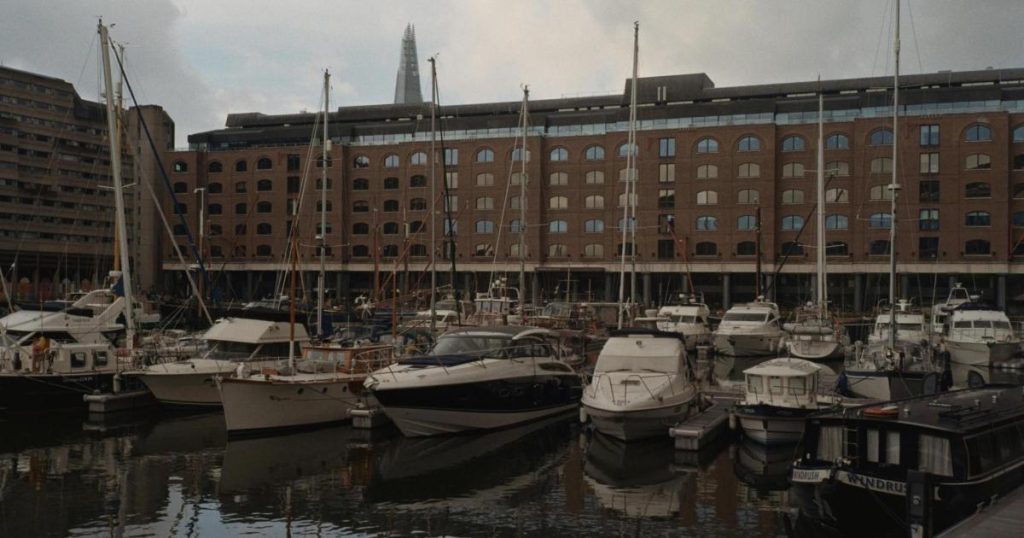This has meant that sailing has been a crucial part of London’s history, as the Thames has been the main form of transportation for Londoners throughout most of history.
At the peak of water transport, which was during the Victorian era, one dock (West India Dock) had capacity for 1200 boats.
However, in modern London, the Thames had lost its commercial use, thus leading to a decline in sailing.
However, it still plays a key role today.
Now, it is mainly used for recreation and tourism.
In fact, the number of people sailing in the UK for recreation has increased, with approximately 103 thousand people sailing in 2023.
This led to the resurgence of sailing groups, one of the most successful groups being Greenwich Yacht Club.
The club has existed since 1908; however, it moved to its current location in 2000, where they provide sailing training.
The popularity in sailing is reflected in the number of members, as they have over 400 members of all ages.
“Sailing has given me the opportunity to have a different and exciting leisure time, sailing not just on the Thames but further, said George Witter, who is an active member of Greenwich Yacht Club.
“[The yacht club has] an active recruitment process and more younger people are joining,” he went on to say.
The growing interest in sailing with young people has many benefits, such as increased fitness levels and an opportunity to meet new people.
It also allows for the continuation of a centuries-old sport, which was noted by the volunteers at Greenwich Yacht Club.
“[Sailing is important because] it’s a physical activity contributing to young people’s fitness and being outdoors in the water can be very exhilarating,” Witter added.
Finally, outside of enjoyment, learning how to sail can bring opportunities, such as working in tourism as a tour guide or living on a boat.
Even if sailing isn’t for commercial use, it still plays an important part in London.
By keeping activities that bring enjoyment for all ages, we can help to make London a more positive place.



